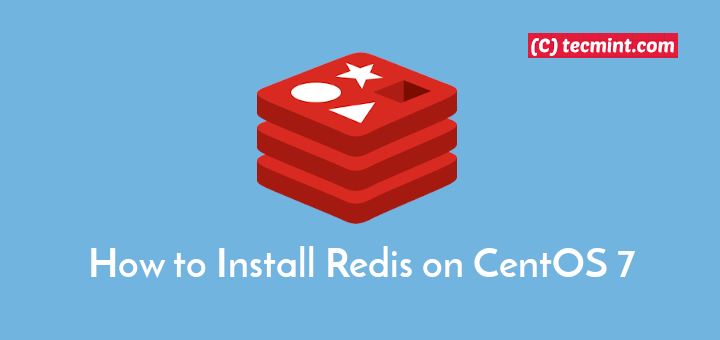
#INSTALL REDIS ON CENTOS DOWNLOAD#
The location of my download is / usr / local/ Download the installation package from the official website.#Check whether the MySQL user group exists Check whether the MySQL user group has been installed.Be sure to delete it and rebuild it later #View the MariaDB that comes with the system #Query all folders corresponding to MySQL and delete them all Check whether MySQL has been installed in the system.Ln -s /usr/local/redis/bin/redis-cli /usr/bin/ Systemctl disable rvice # stops startup and starts automatically Systemctl enable rvice # sets the automatic startup Systemctl status rvice # view the current status of the service Sysemctl restart rvice # restart the service Systemctl stop rvice # stop redis service Systemctl start rvice # starts the redis service The default value is: YesĮxecStart=/usr/local/redis/bin/redis-server /usr/local/redis/bin/nf At this time, the external network can access it directly. Protected mode no # turns off the protected mode. #Bind 127.0.0.1 # bind address to comment #Copy nf from the redis source directory to the redis installation directoryĬp /usr/local/redis-6.2.2/nf /usr/local/redis/bin/ Download and unzip the installation package.PidFilePath: /usr/local/mongodb-4.2/mongod.pid # location of pidfileīindIp: 0.0.0.0 # Enter 0.0.0.0,:: to bind to all IPv4 and IPv6 addresses or, alternatively, use the net.bindIpAll setting.Īfter=network.target remote-fs.target nss-lookup.targetĮxecStart=/usr/local/mongodb-4.2/bin/mongod -config /usr/local/mongodb-4.2/nfĮxecStop=/usr/local/mongodb-4.2/bin/mongod -shutdown -config /usr/local/mongodb-4.2/nf Path: /usr/local/mongodb-4.2/log/mongodb.log #Create log and data to store logs and data

#Append git execution file directory at the end of the file #Create a folder as the GIT installation path
#INSTALL REDIS ON CENTOS CODE#
#INSTALL REDIS ON CENTOS INSTALL#
Sudo yum install -y zlib-devel perl-ExtUtils-MakeMaker Ln -s /usr/local/nodejs/bin/npm /usr/local/bin Ln -s /usr/local/nodejs/bin/node /usr/local/bin #The stop step of this method is to stop the nginx process after the processing task is completedĮxecReload=/usr/local/nginx/sbin/nginx -s reloadĮxecStop=/usr/local/nginx/sbin/nginx -s quit #This method is equivalent to finding out the nginx process ID first, and then using the kill command to forcibly kill the process Start and stop nginx (SYSTEMd is recommended for management).#Switch to / usr / local / nginx-1.20.0 to compile and install Summarize the following common operation dependencies that need to be installed, including nginx, nodejs, GIT, mongodb, redis, MySQL and PostgreSQL.


 0 kommentar(er)
0 kommentar(er)
